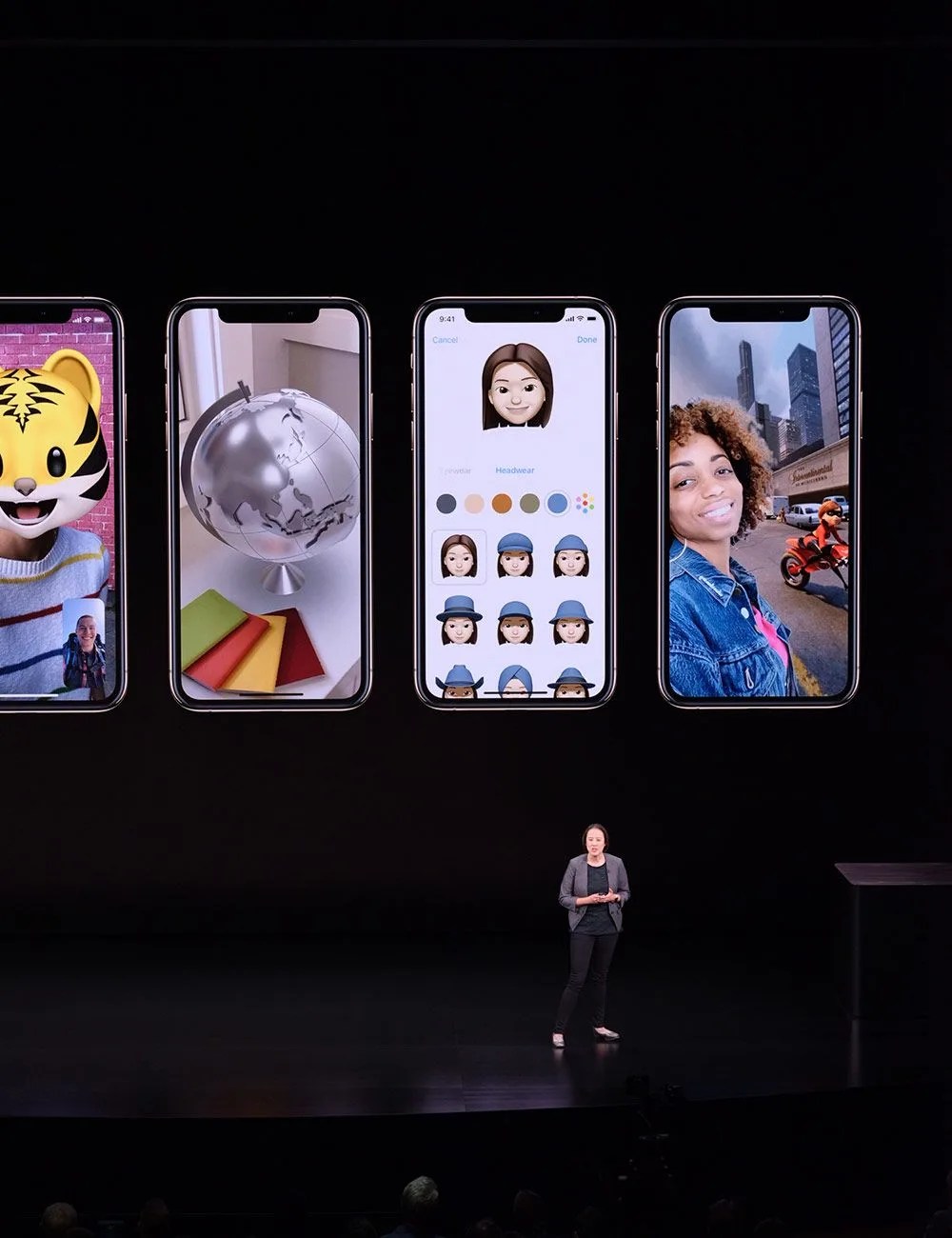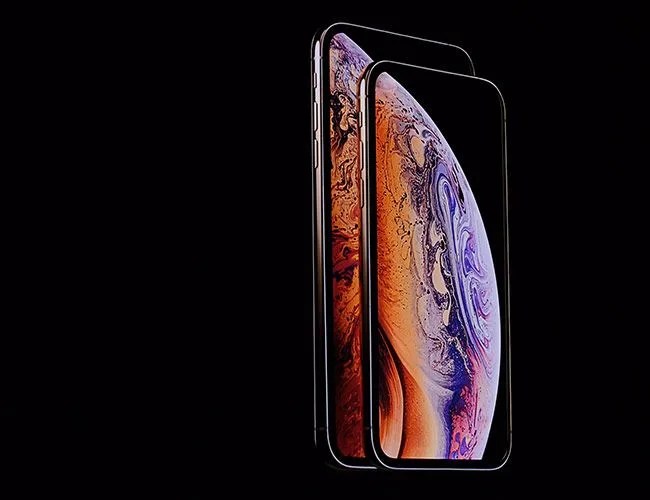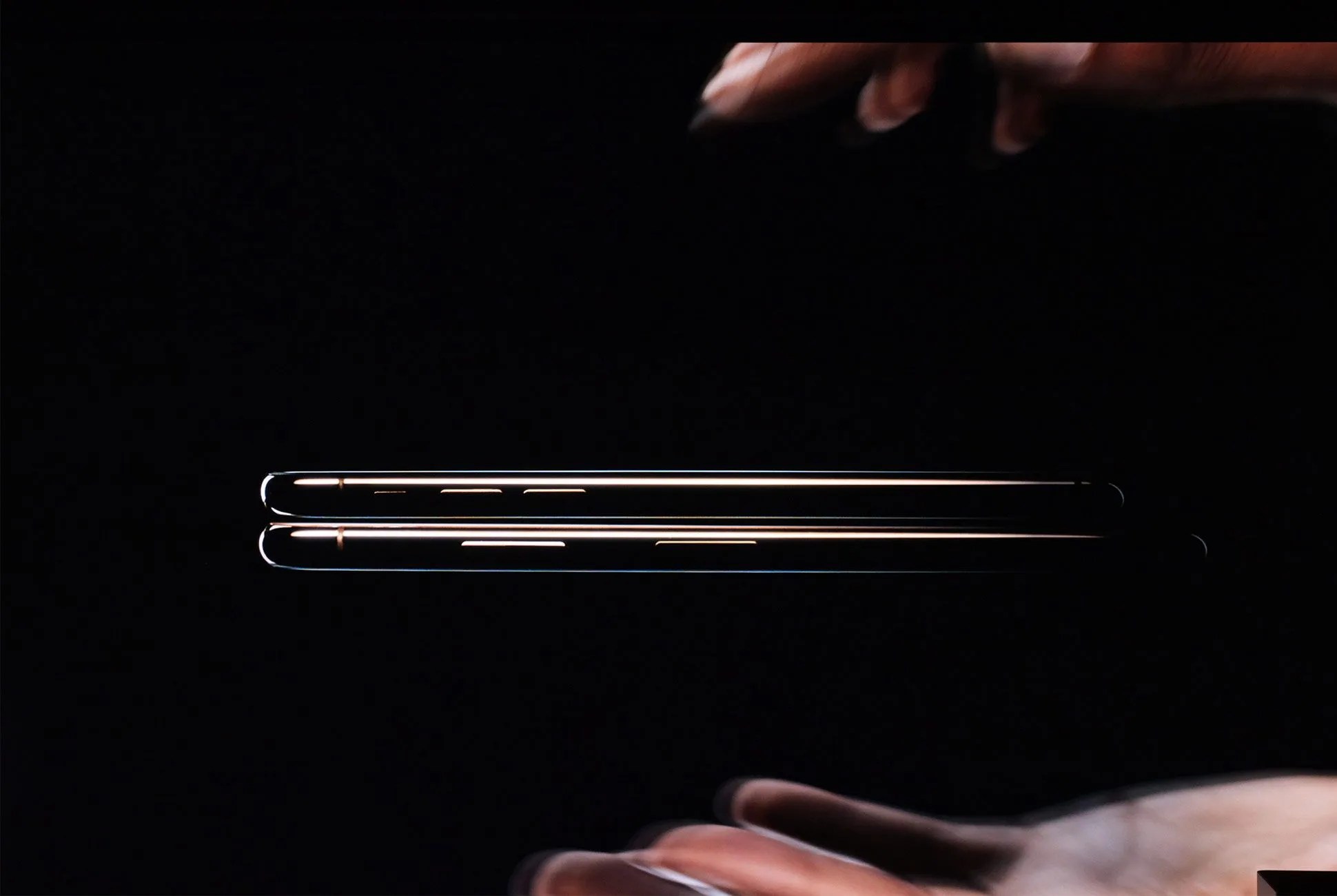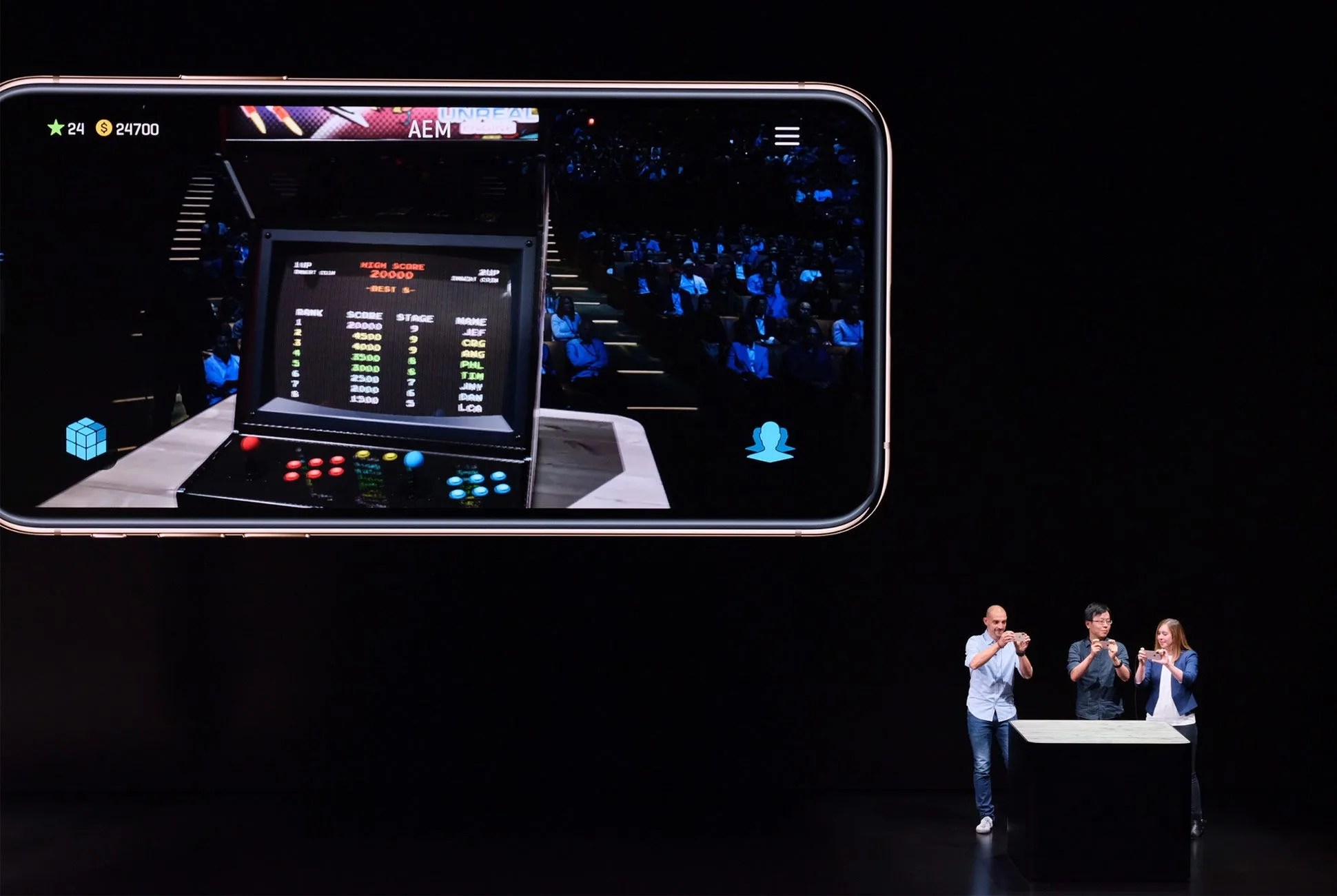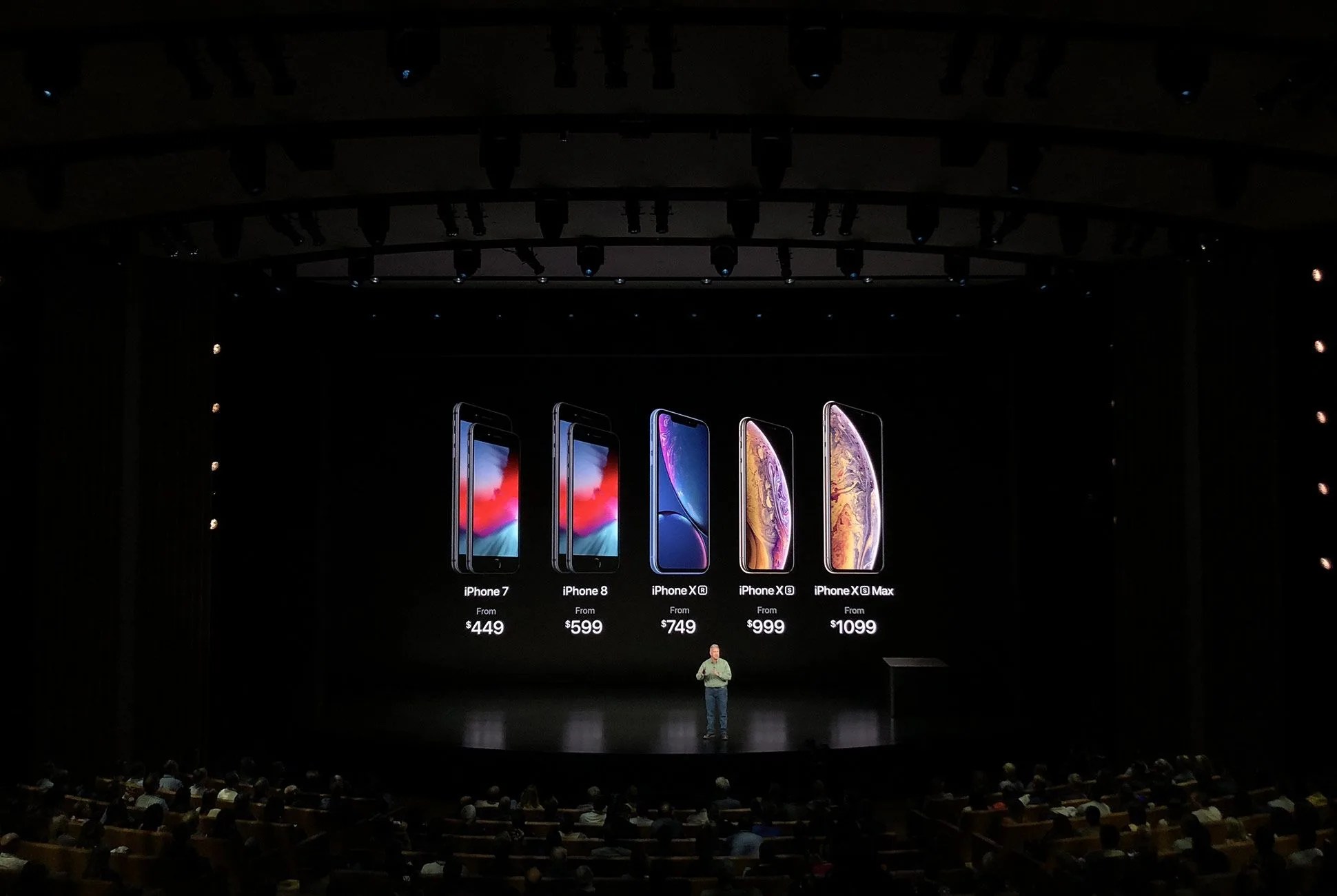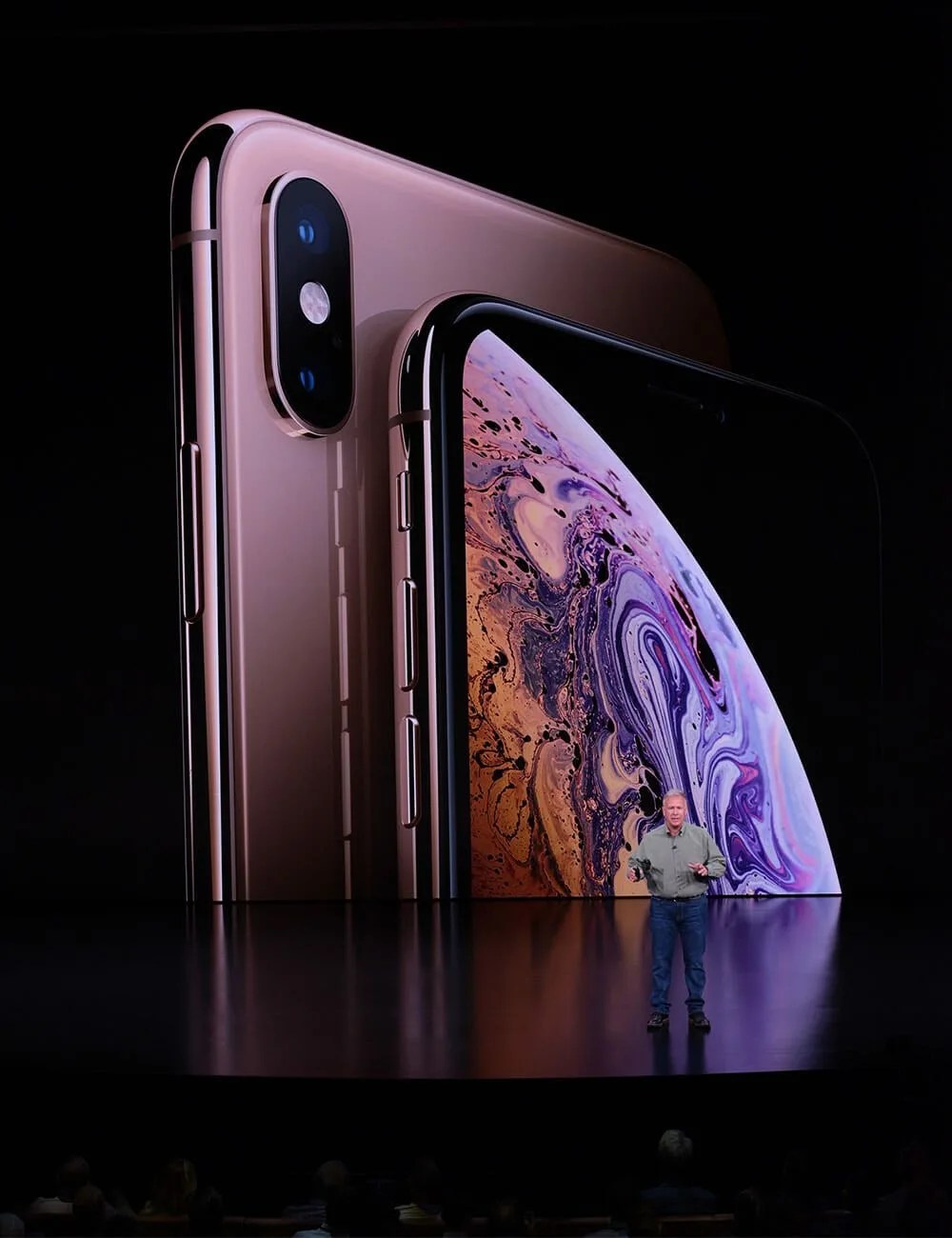9 photos
Last year’s iPhone X has been mimicked and copied so many times by numerous Android manufacturers in the last year. Clearly, with imitation being the highest form of flattery, the iPhone X and its design were a hit. Now, Apple is bringing its iPhone X-esque design to the next generation of iPhones. There are three – the iPhone Xs, the iPhone Xs Max and the iPhone XR – and all are unique.
Of the new smartphones, I’m guessing that most people will opt for the iPhone Xs and the iPhone Xs Max. Not because they’re more affordable – they’re not and besides, that’s the iPhone XR’s party trick – but because they are better smartphones. Better screens. Better cameras. Better capabilities. And yes, more expensive. Basically if you bought last year’s iPhone X and you wanted to upgrade to the latest and greatest, you’re going to want either the iPhone Xs and the iPhone Xs Max. As you could’ve guessed, the iPhone Xs Max is essentially a “Plus-sized” version of the iPhone Xs, but there are some other key differences between the two phones.
Small or Big iPhone? Which Do You Prefer?
Like last year’s iPhone X, both the new iPhone Xs and the iPhone Xs Max have OLED, Super Retina HD displays. They’re the most beautiful screens ever put in an iPhone. The difference is size. The iPhone Xs has a 5.8-inch display, which is the same as the iPhone X, but if you want a Plus-size smartphone you’re going to want the iPhone Xs Max. It has a 6.5-inch display, which is the biggest display ever on an iPhone. The new and more affordable iPhone XR’s 6.1-inch LCD screen strikes an interesting middle ground.
The Most Powerful iPhone Ever, Thanks to the A12 Bionic Chip
The iPhone Xs and iPhone Xs Max both pack what Phil Schiller calls the “most powerful chip ever in a smartphone” – the new A12 Bionic processor. It’s the industry’s first 7-nanometer chip and it has a 6-core CPU and a 4-core GPU, making it up to 50-percent faster than last year’s A11 Bionic Chip. Both new iPhones also have an updated machine-learning system, allowing it work 9-times faster than the iPhone X, but also use just one-tenth the energy. Basically, if you thought the iPhone was fast and good for playing games and AR apps, the new iPhone Xs and Xs Max will take it to a whole new level.
